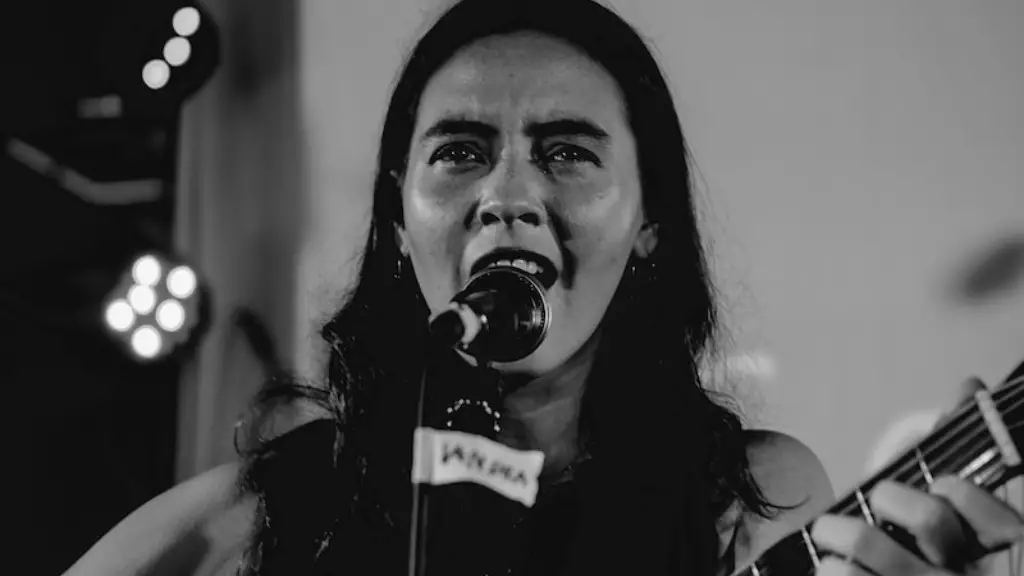If you’ve ever desired to draw the incredibly popular anime series of Naruto, then this article is for you. If you’ve been looking for an easy way to become the next Glen Keane, then you’ve stumbled onto the best guide out there. Let’s get started on mastering the art of drawing Naruto.
1. Get the fundamentals right
Blindly starting to draw with no knowledge of the basics is like expecting a toddler to learn advanced calculus. You’ll need to start off by getting your fundamentals right. Brush up on basic figure drawing, anatomy, composition, and perspective. Each art element will come into play when you actually start drawing the characters and making your way up the art ladder.
When it comes to Naruto specifically, take the time to learn how to draw eyes, lips and other facial features first. That’s a sure shot way of capturing the spirit behind the characters and nailing the look that make them uniquely Naruto.
2. Utilize reference images
All of the top artists out there, use reference images when working on projects. There are tons of fantastic drawings from Naruto, either from the original TV show or the recent movie versions, along with acrylic and fan artworks on all kinds of websites. Look for a style that you’re comfortable working with and use it as a reference for your projects.
Just make sure always to add your own art perspective to the drawings and customize them, otherwise you’l fall into the realm of exact copying which isn’t going to help you develop as an artist. Of course you should take inspiration from references, but don’t sacrifice your own style in the process.
3. Practice, practice and practice
This almost seems like an obvious point, but you’d be surprised how many enthusiastic beginners want to start out with the big daring projects right off the bat. Don’t make that mistake. Instead opt for some more manageable characters, sketch out some of the backgrounds and just generally getting comfortable with the style of drawing before taking it to the Naruto level.
That’s an approach even the professionals take. Kobe Bryant himself clocked thousands of hours shooting hoops before he could start hitting crazy 3-pointers. And you’ll likely have to take on the same approach if you want to be great at drawing Naruto.
4. Work on your speed
Nothing beats speed and accuracy in the art world. The more you can freehand draw a Naruto character, the more impact your drawing will have. The pressure of having to capture a complex scene in an quickly emerging moment is an advantage that very few artists have.
So make sure to regularly practice drawing, even if it’s something like a Moleskine doodle or post it note sketch. That’ll help you become familiar with the flow of drawing and the intricate details that will eventually become second nature. And don’t forget to keep working on that accuracy too.
5. Invest in the right tools
You don’t need a ton of fancy art tools like Chinese brushes or a complete arsenal of pencils and art knives. Also don’t go around cutting corners, buying the cheapest tools. Invest in good quality pencils, paper and erasers that will last and make it easier to capture the lines, lighting and shadows.
Don’t overspend either, be practical and shop around. Quality art supplies are incredible investments, but you don’t need to break your savings account to get started.
6. Remember to have fun
Above all, don’t forget to have fun and embrace your inner artist. This is the most important thing you can do when it comes to mastering the art of drawing Naruto. Life isn’t about just mastering the toughest skills, remember to appreciate your progress and make sure that you’re taking the time to enjoy the journey.
If you can remember that, then you’ll be able to continue putting in the hard work and stay dedicated, even when things don’t come easy. You’ll eventually get there.
7. Look for mistakes
Learning how to draw Naruto isn’t always about trying to make something look perfect right away. It’s about finding which parts of the drawing are off or somehow lacking and making incremental improvements.
Study the pictures of your own and better yet, hire yourself a mentor or someone who can give you good constructive feedback and show you how to really refine your drawings.
8. Study the comics
If you’re an absolute diehard Naruto fan, then read up on the comic books and study their art style and the way that their characters are drawn. No matter if you’re a fan of the original manga, subsequent editions or the TV show, each of these versions present an opportunity to study the unique art style and techniques that the comic artists have to draw these characters.
So don’t be afraid to open up the books and start analyzing some of the underlying data. Just remember to eventually make the art your own and don’t let the reference images control you.
9. Look for inspiring artwork
Head on over to some art sites like Tumblr or DeviantArt and start browsing. Take a look at how other artists draw and make sure to save the images of what you think is clear and beautiful. Anything with good details and interesting editing can offer some great ideas on styling or even just offer inspiration when you need a creative injection.Try joining an online art community as well, it’ll keep you connected with likeminded individuals and make sure that you’re always engaged.
10. Don’t be afraid to experiment
The most important advice of all is to go wild and feel free to not bring back the pencils. Sometimes the best art comes when you’re willing to make mistakes, so don’t be afraid to experiment and make bold decisions.
Be as wild as you can with making decisions, testing out unique ideas and just minding your own flow in the artistic process. After all, the creative process is all about taking risks and finding out what works and what doesn’t.

